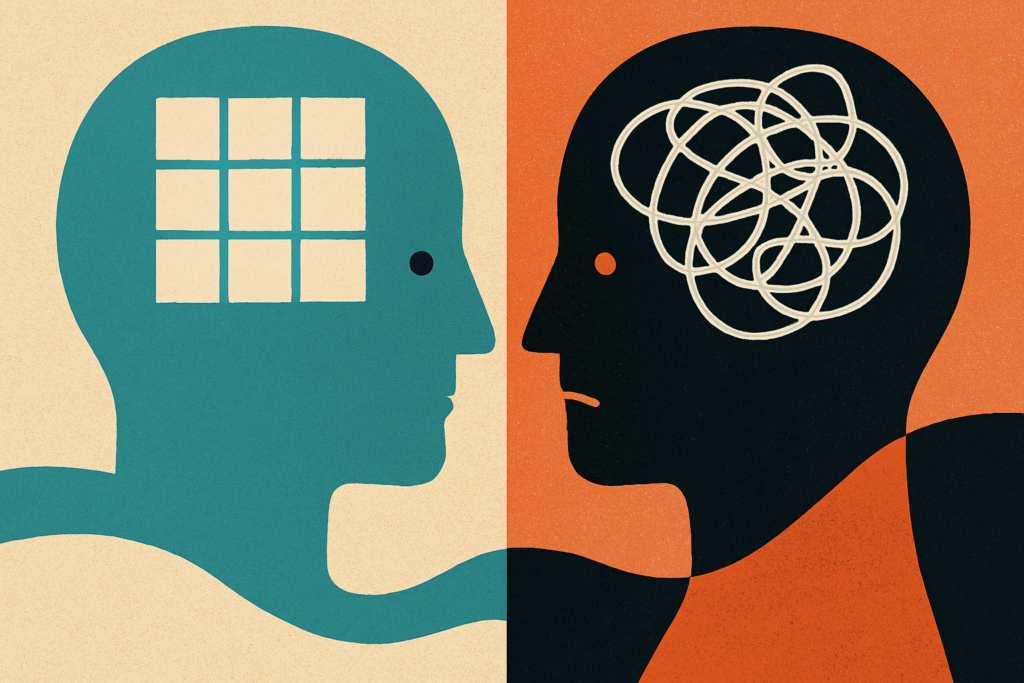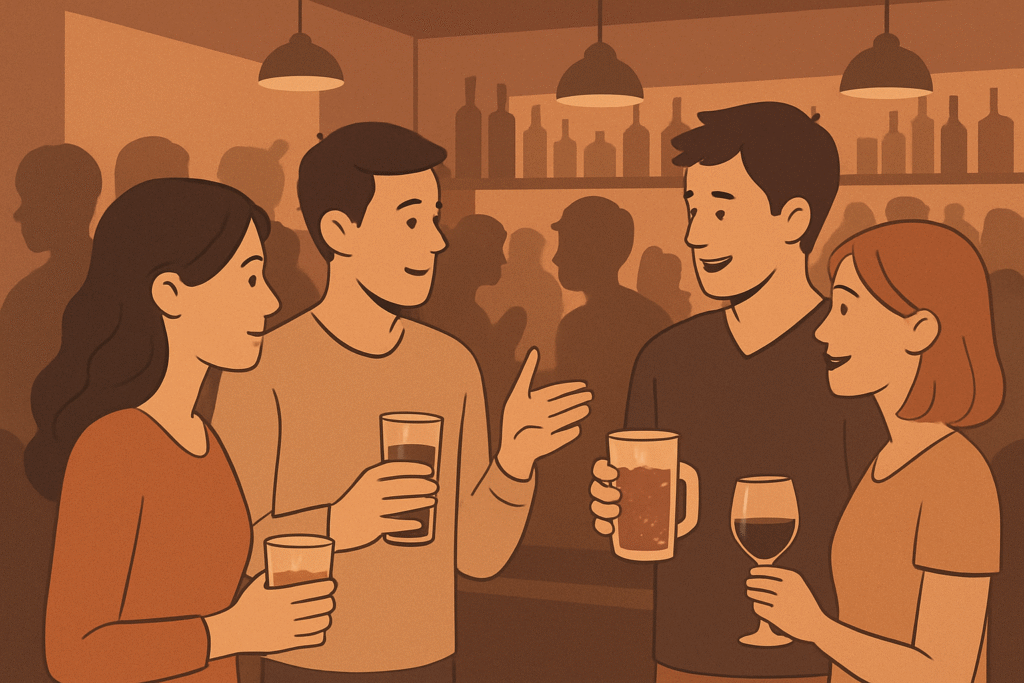
Picture your day. Classes, a part-time job, a club meeting, maybe a shift at the cafe. Notice a pattern? Almost everything happens inside a group with rules, roles, and someone setting direction. Herbert A. Simon suggests that if a visitor from Mars looked at Earth, they’d see big “green” zones of organizations connected by thin “red” market lines—and they’d probably call this an “organizational economy,” not just a market one. The label matters because it changes what we pay attention to in real life: most people are employees, not owners, and the big question becomes how groups actually get people to work toward shared goals.
Simon argues that classic theories love markets and contracts, but the real action is inside firms—schools, startups, nonprofits, public agencies—where people coordinate every hour. One reason firms exist is the employment deal: you agree to take direction now for tasks that can’t be fully predicted or negotiated in advance. That’s an “incomplete” contract, and it’s efficient when the future is messy. Day to day, you’re not micromanaged; you work within a “zone of acceptance” where lots of choices are fine to you but important to your boss—like which customer email to answer first or which drink to prep next—so orders can focus on results, principles, or constraints instead of step-by-step instructions. That’s why initiative matters: good work isn’t just “follow every rule,” it’s spotting decisions and moving things forward.
So why do people try hard if a contract can’t spell everything out or pay for every extra effort? Money and promotions help, but they’re not enough on their own. Simon points to identification—the feeling of “we”—as a powerful everyday engine. When we’re taught and encouraged to care about the team, we take real pride in its wins and act for the group, not just ourselves. He links this to a broader human trait he calls “docility,” meaning teachability and responsiveness to social norms, which makes loyalty and cooperation common—even when they’re not instantly “selfish.” For you, that’s practical: choose teams where the “we” is clear, learn the local goals fast, and use simple scoreboards (quality, safety, service) to guide choices when no one is watching. That mix—some rewards, strong identity, and clear cues—explains why many organizations work surprisingly well.
There’s one more everyday superpower of organizations: coordination. Think of “rules of the road,” or the registrar that turns campus chaos into a class schedule—standards that let everyone predict each other and get on with it. Beyond rules, groups also balance things by quantities, not just prices: low bin of cups? The system reorders; suppliers schedule production; the whole chain adjusts. Put together—authority used to set clear goals, a shared “we” that motivates effort, and simple coordination tools—organizations can specialize deeply and still run smoothly. That’s why Simon says modern economies are best seen as organizational economies, and why learning to navigate teams is a life skill as useful as any class.
Referencia:
Simon, H. A. (1991). Organizations and Markets. Journal of Economic Perspectives, 5(2), 25–44. https://doi.org/10.1257/jep.5.2.25
Privacy Notice & Disclaimer:
This blog provides simplified educational science content, created with the assistance of both humans and AI. It may omit technical details, is provided “as is,” and does not collect personal data beyond basic anonymous analytics. For full details, please see our Privacy Notice and Disclaimer. Read About This Blog & Attribution Note for AI-Generated Content to know more about this blog project.



